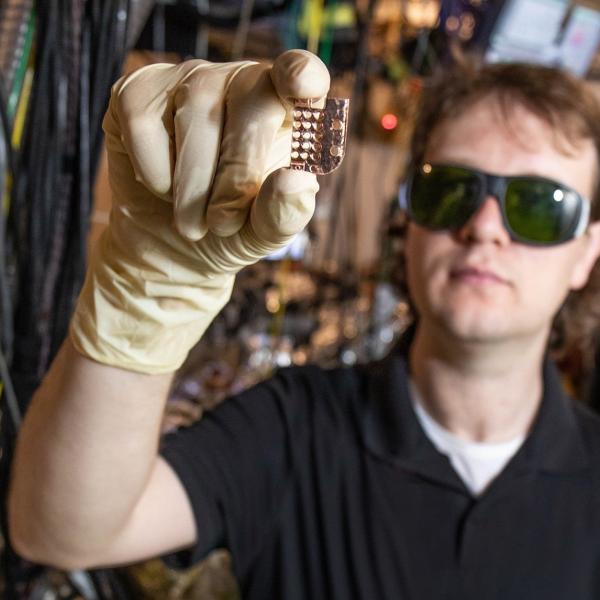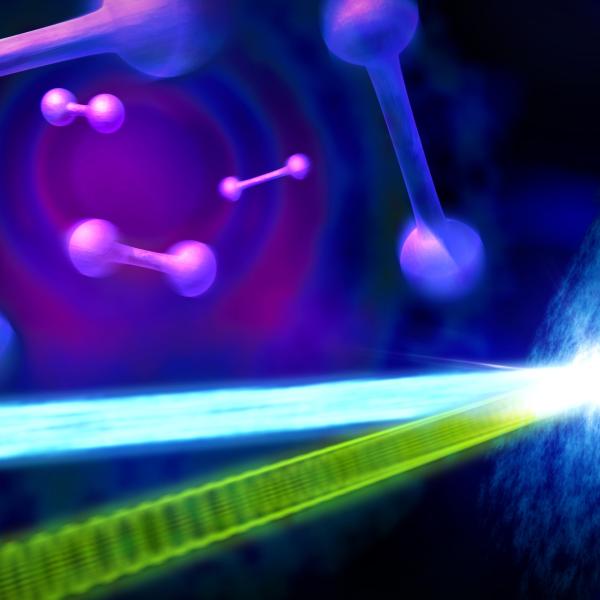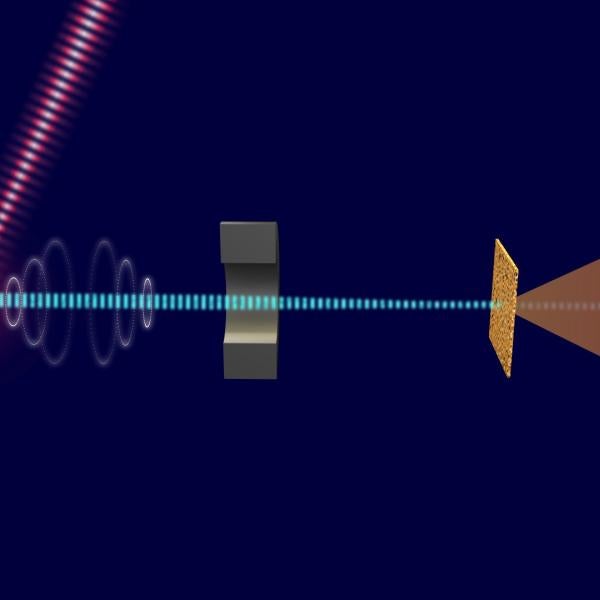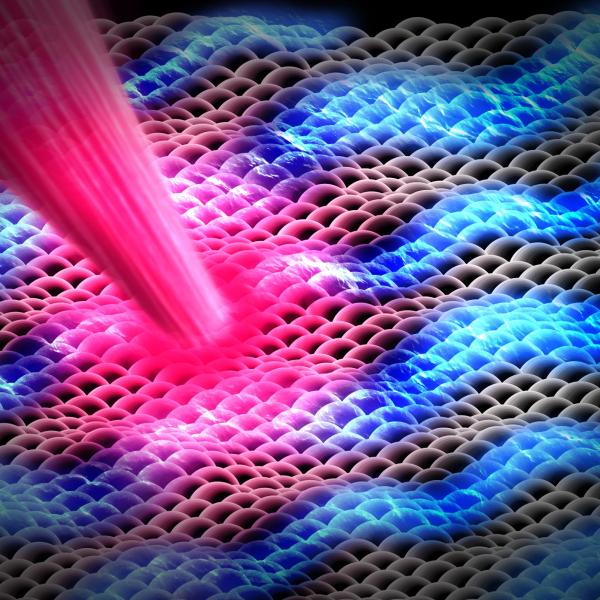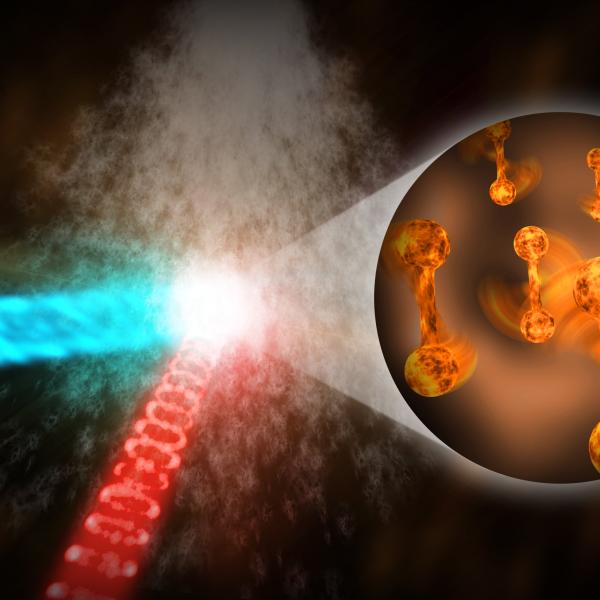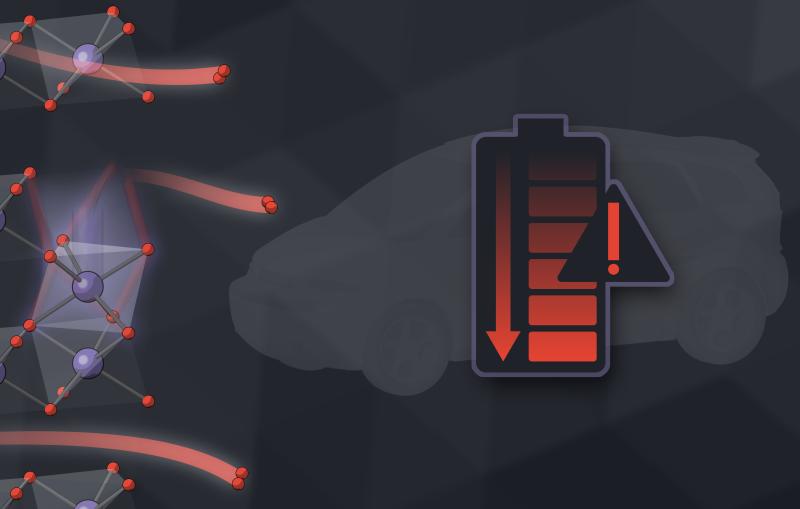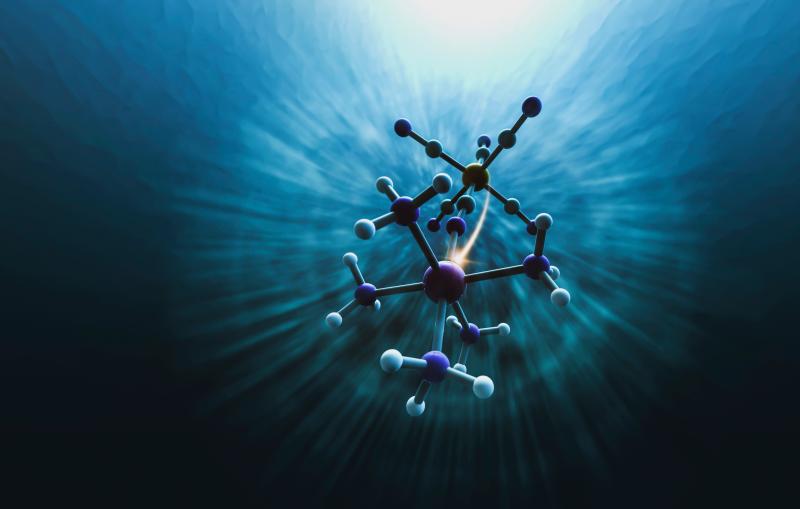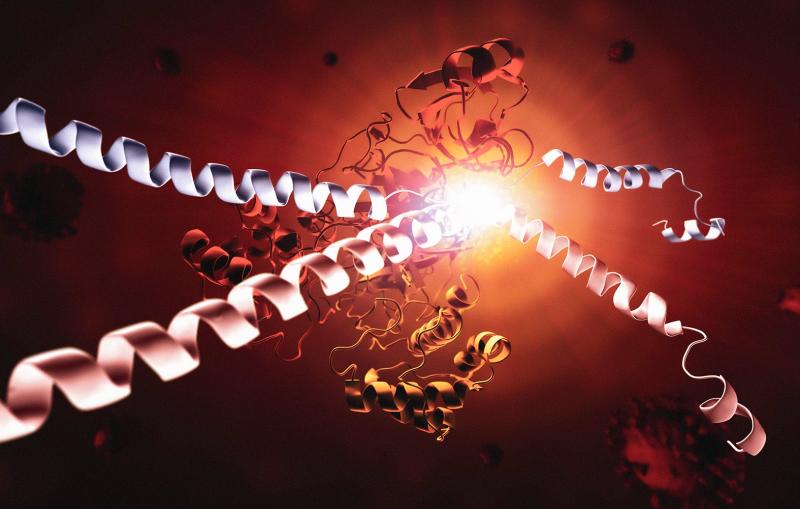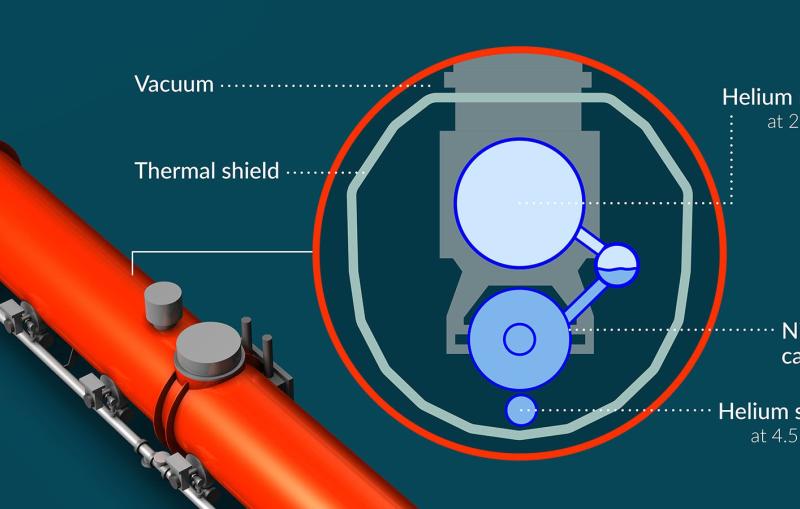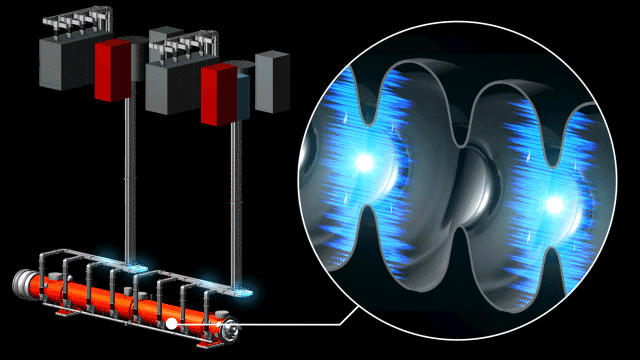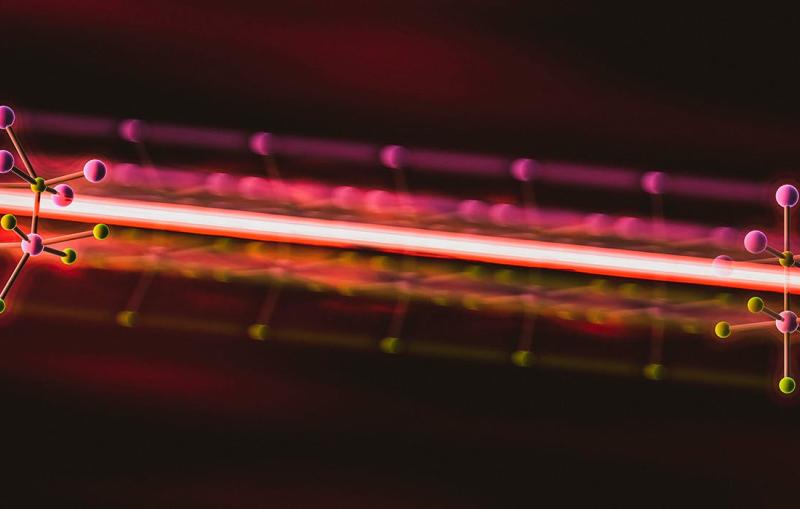since its founding days in the 1960s
researchers at SLAC National Accelerator
Laboratory have been generating beams of
electrons to study some of nature's best
kept secrets in the past scientists use
these beams for powerful particle
collisions that revealed fundamental
building blocks of matter today SLAC
uses is electron accelerators mostly for
the generation of x-rays these are
emitted as the flight path of electrons
is bent my magnets at the Stanford
synchrotron radiation light source
ssrl and at the x-ray laser Linac
Coherent Light Source LCLS one of the
most powerful x-ray sources on earth
recently SLAC researchers have begun to
explore another way of using electrons
to probe the inside of materials with a
method they call ultra-fast electron
diffraction electrons are generally
viewed as particles yet they also behave
like waves similar to waves of light the
higher the energy of the electron the
shorter its wavelength becomes if the
wavelength is short enough the electron
wave can collect information about the
atomic structure of the object that it
passes through just like x-ray waves
reveal the inside of materials using
this property of electrons researchers
can build a new set up for ultra-fast
electron diffraction it all starts with
the production of a high-quality beam of
very energetic electrons based on a
technology developed by slack for LCLs
this is done inside an electron gun
where a laser pulse he's a piece of
metal known as the photo cathode and
evaporates electrons from the metal this
incredibly short bunch of electrons is
then accelerated by a radio frequency
field toward the exit of a gun where a
magnet focuses consecutive bunches into
a narrow beam of electrons traveling at
99.3% of the speed of light
researchers then shine this beam through
a sample the incoming electron waves
scatter off the samples atomic nuclei
and electrons producing scattered waves
that combine to form a characteristic
pattern on a detector this process
called electron diffraction allows
scientists to reconstruct the atomic
arrangement in the sample because the
electron beam consists of a train of
very short widely spaced bunches
researchers can also see ultra-fast
changes in a material structure that
occur in less than a trillionth of a
second for instance in response to laser
light this technique is similar to x-ray
diffraction where scientists shine
x-rays through materials however
electron and x-ray waves are sensitive
to different things and therefore
complement each other x-ray scatter off
electrons only and cannot see atomic
nuclei directly electrons on the other
hand are sensitive to both electrons and
nuclei providing additional information
one example where x-ray studies at LCLs
and ultra-fast electron diffraction
experiments go hand-in-hand is magnetic
materials magnetism arises from a
property of electrons known as the
electron spin which is often compared to
a ball spinning on its own axis these
spins float around the materials nuclear
core structure like an electron see but
how does he interplay between the
electrons see and the nuclei impact the
magnetism of the entire material
researchers want to find answers because
a better understanding could help them
build new or better magnetic materials
that could be relevant to data storage
devices and other applications beyond
material science researchers also hope
to use a ultra-fast electron diffraction
to record molecular movies and observe
atoms and molecules as they move during
chemical reactions but researchers don't
want to stop there they want to take the
technique to the next level electron
diffraction produces a rather abstract
diffraction pattern so researchers have
to reconstruct how material looks on the
inside
electrons can also be used to take
images of samples directly by inserting
magnetic lenses in front of and behind
the sample the electron diffraction
setup is turned into an electron
microscope similar to his optical
counterpart
however since electrons have a much
shorter wavelength than visible light an
electron microscope can see much finer
details close to the atomic level such
as domains in magnetic materials the
fastest existing electron microscopes
can take snapshots of processes as fast
as 10 billions of a second the slack
researchers hope to improve this time
resolution up to a thousandfold for more
snapshots of the same process in a given
time this would open up new
possibilities for ultra-fast science
you
